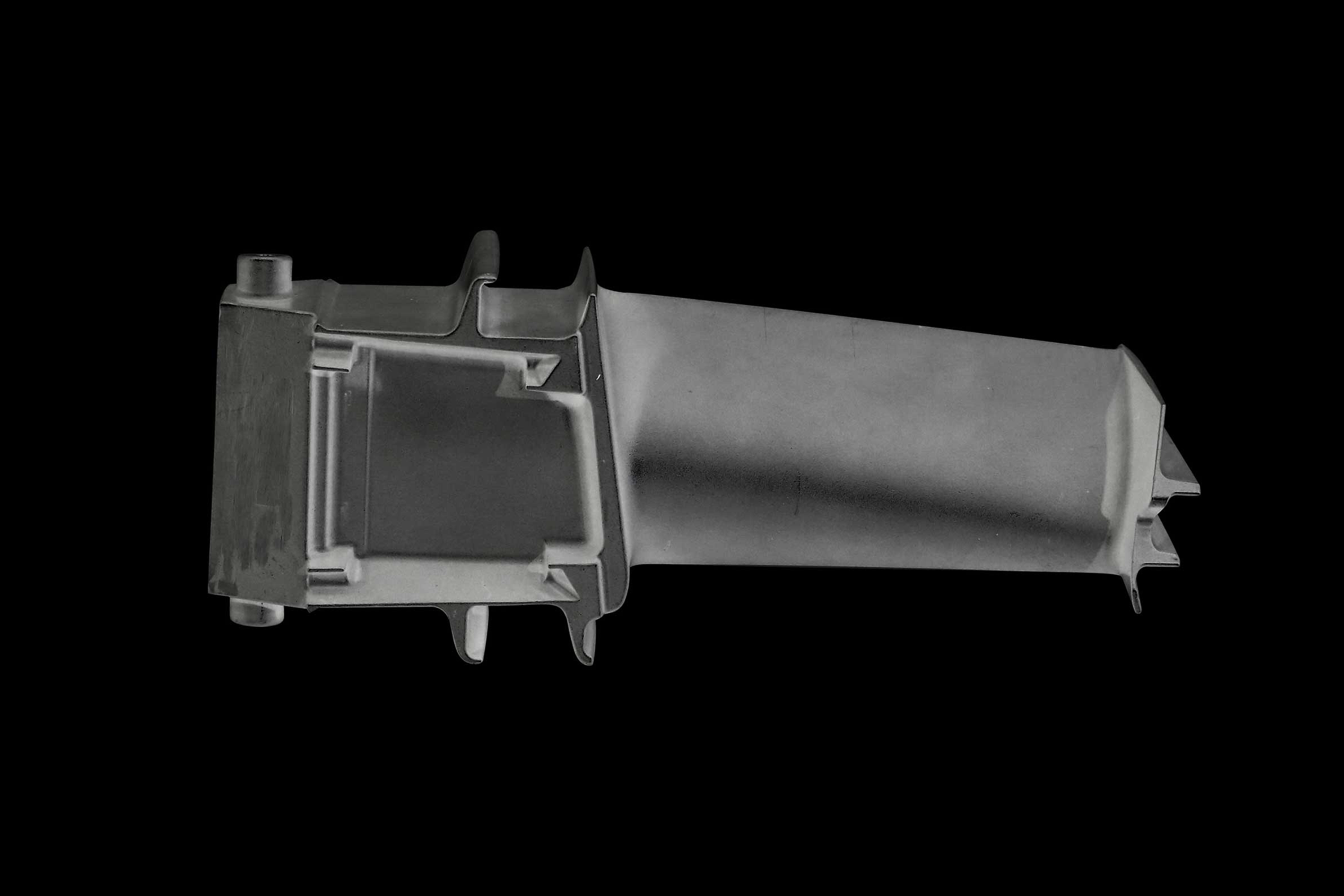Marine Turbine Blade Superalloy Parts Supplier
Introduction to Marine Turbine Blade Superalloys
Marine turbine blades operate under severe maritime conditions, necessitating materials with exceptional corrosion resistance, mechanical strength, and fatigue durability. At Neway AeroTech, we specialize in manufacturing superalloy turbine blades tailored specifically for demanding marine applications. Our advanced vacuum investment casting and precision machining capabilities ensure optimal blade performance, reliability, and longevity.
Leveraging extensive industry expertise, we deliver robust, precision-crafted superalloy blades customized for superior marine turbine efficiency and operational safety.
Core Manufacturing Challenges for Marine Turbine Blades
Producing marine turbine blades presents unique technical challenges:
Corrosion Resistance: Resistance to severe saline environments and saltwater-induced corrosion.
Mechanical Durability: Maintaining mechanical properties such as tensile strength (>1000 MPa) and fatigue resistance under dynamic loading.
Precision Manufacturing: Achieving tight dimensional tolerances (±0.10 mm) and excellent surface finish (Ra 1.6–3.2 µm).
Thermal Stability: Retaining mechanical integrity and preventing creep at operational temperatures up to 1000°C.
Detailed Explanation of Blade Manufacturing Processes
Vacuum Investment Casting
Precise wax patterns replicate intricate blade shapes accurately.
High-quality ceramic molds created, followed by controlled wax removal (~180°C).
Alloy casting performed under vacuum conditions (<0.01 Pa), ensuring purity and consistency.
Controlled cooling (20–35°C/hour) to minimize internal stresses.
Directional and Single Crystal Solidification
Directional solidification processes precisely align grain structures under thermal gradients (20–50°C/cm).
Single-crystal methods eliminate grain boundaries, drastically improving creep and fatigue resistance.
Slow, controlled cooling rates (~20–35°C/hour) minimize internal defects.
Comparison of Mainstream Manufacturing Processes
Process | Dimensional Accuracy | Surface Finish | Efficiency | Complexity Capability |
|---|---|---|---|---|
Vacuum Investment Casting | ±0.15 mm | Ra 3.2–6.3 µm | Moderate | High |
Single Crystal Casting | ±0.20 mm | Ra 6.3–12.5 µm | Moderate | High |
CNC Machining | ±0.01 mm | Ra 0.8–3.2 µm | Moderate | Moderate |
SLM 3D Printing | ±0.05 mm | Ra 6.3–12.5 µm | High | Very High |
Manufacturing Process Selection Strategy
Vacuum Investment Casting: Ideal for complex marine blade geometries requiring tight dimensional tolerances (~±0.15 mm).
Single Crystal Casting: Recommended for blades requiring maximum creep resistance and enhanced fatigue life at ±0.20 mm accuracy.
CNC Machining: Best for achieving intricate precision features with tolerances of ±0.01 mm.
SLM 3D Printing: Excellent for rapid prototyping and internal cooling channel fabrication with ±0.05 mm accuracy.
Superalloy Material Analysis Matrix for Marine Applications
Material | Tensile Strength (MPa) | Yield Strength (MPa) | Max Operating Temp (°C) | Corrosion Resistance | Marine Blade Applications |
|---|---|---|---|---|---|
880 | 480 | 980 | Excellent | Turbine blades | |
750 | 360 | 1038 | Exceptional | Corrosion-prone applications | |
1050 | 585 | 815 | Excellent | High-strength blades | |
1170 | 850 | 1000 | Superior | Combustion turbine blades | |
1300 | 1000 | 1150 | Exceptional | Single-crystal blades | |
860 | 700 | 850 | Excellent | Wear-resistant blades |
Material Selection Strategy
Inconel 625: Preferred for blades requiring excellent marine corrosion resistance and mechanical strength up to 980°C.
Hastelloy C-276: Optimal for blades in highly corrosive marine environments, offering resistance at temperatures up to 1038°C.
Nimonic 80A: Best for blades demanding high strength (1050 MPa tensile) and fatigue resistance at moderate temperatures (~815°C).
Rene 41: Recommended for blades requiring exceptional strength (1170 MPa) and oxidation resistance at elevated temperatures (1000°C).
CMSX-4: Ideal for maximum creep and fatigue resistance in advanced single-crystal blade applications at 1150°C.
Stellite 6: Chosen for marine blades requiring superior wear resistance and structural stability up to 850°C.
Key Post-processing Technologies
Hot Isostatic Pressing (HIP): Eliminates internal porosity and significantly improves mechanical integrity (~1200°C, 150 MPa).
Thermal Barrier Coating (TBC): Extends blade lifespan by reducing surface temperatures (~200°C reduction).
Electrical Discharge Machining (EDM): Enables precision internal cooling structures and intricate details (±0.005 mm accuracy).
Heat Treatment: Optimizes blade microstructure, improving strength, durability, and corrosion resistance.
Industry Application and Case Analysis
Neway AeroTech recently delivered marine turbine blades manufactured from Inconel 625 to an international maritime OEM. Utilizing vacuum investment casting combined with specialized HIP and thermal barrier coatings, our blades surpassed dimensional accuracy requirements (±0.15 mm), offering exceptional corrosion resistance and extended fatigue life in harsh marine environments.
Our proven capability and stringent quality standards position us as a trusted supplier for high-performance marine turbine blades.
FAQs
What is your typical lead time for custom marine turbine blade production?
Do you support small-batch and prototype manufacturing of marine blades?
What quality certifications and marine industry standards do your turbine blades meet?
What post-processing methods best enhance marine turbine blade longevity?
Can you provide technical support in selecting appropriate alloys for marine turbine blade applications?

